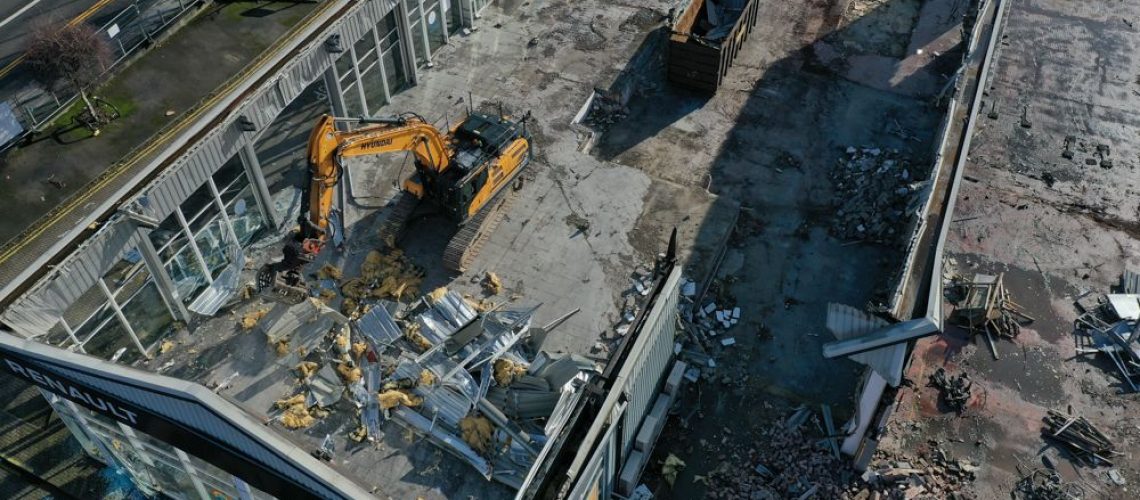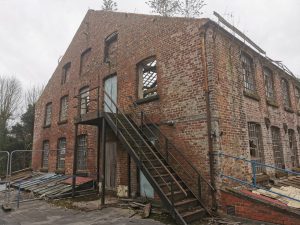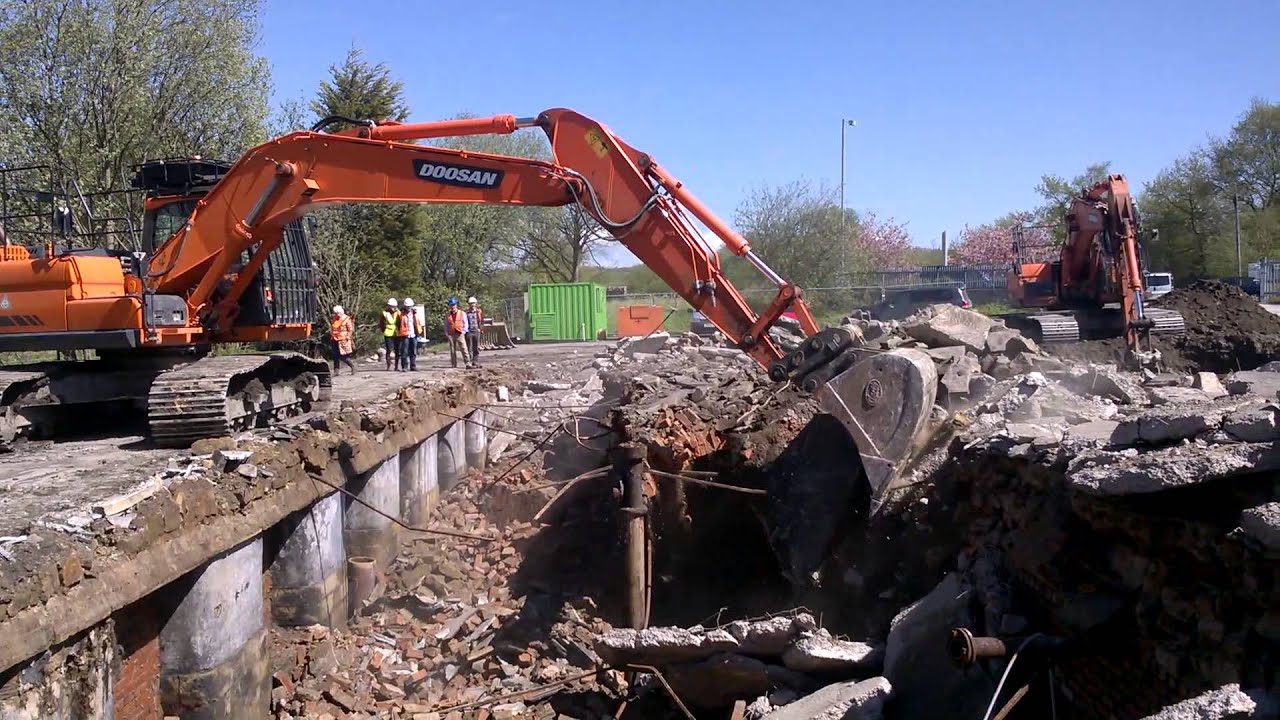Let us learn a little more about a Section 81 Demolition Notice. Following on from submission of a Section 80 Demolition Notice application the Council to whom we have submitted the notice then has six weeks to respond with appropriate ‘counter-notices’ and consultations under Sections 81 and 82 of the Building Act 1984. And any conditions that the company carrying out demolition will need to comply with will be given within the Section 81 Demolition Notice issued by the Council.
If the council is happy for the demolition works to proceed they issue the Section 81 ‘counter-notice’ which, pursuant to section 81 of the Building Act 1984, sets out the conditions and actions that we need to take and the timescale in which we need to compete the works – much like a planning permission. These conditions, actions and instructions will include…
- to appoint a suitably qualified Asbestos Surveyor to produce a Demolition Asbestos Survey Report as per the current Control of Asbestos Regulations and remove any such Asbestos containing material as specified in the report.
- to shore up any building adjacent to the building to which this notice relates.
- to weatherproof any surfaces of an adjacent building which are exposed by the demolition.
- to repair and make good any damage to an adjacent building caused by the demolition or by the negligent act or omission of any person engaged in it.
- to remove material or rubbish resulting from the demolition and clearance of the site.
- to disconnect and seal any sewer or drain in or under the building, at such points as the local drainage authority and the Council may reasonably require,
- to remove any such sewer or drain and seal any sewer or drain with which the sewer or drain to be removed is connected, and to give the Council 48 hours’ notice to inspect the works, if required.
- to make good to the satisfaction of the Council the surface of the ground disturbed.
- to make arrangements with the relevant statutory undertakers for the disconnection of the supply of gas, electricity and water to the building.
- to make such arrangements with regard to the burning of structures or materials on the site as may be reasonably required.
- to take such steps relating to the conditions subject to which the demolition is to be undertaken and the condition in which the site is to be left on completion of the demolition as the Council may consider reasonably necessary for the protection of the public and the preservation of public amenity.
- (If Planning Permission is required) No demolition work shall be carried out until Planning Permission has been granted and conditions attached thereto have been met.
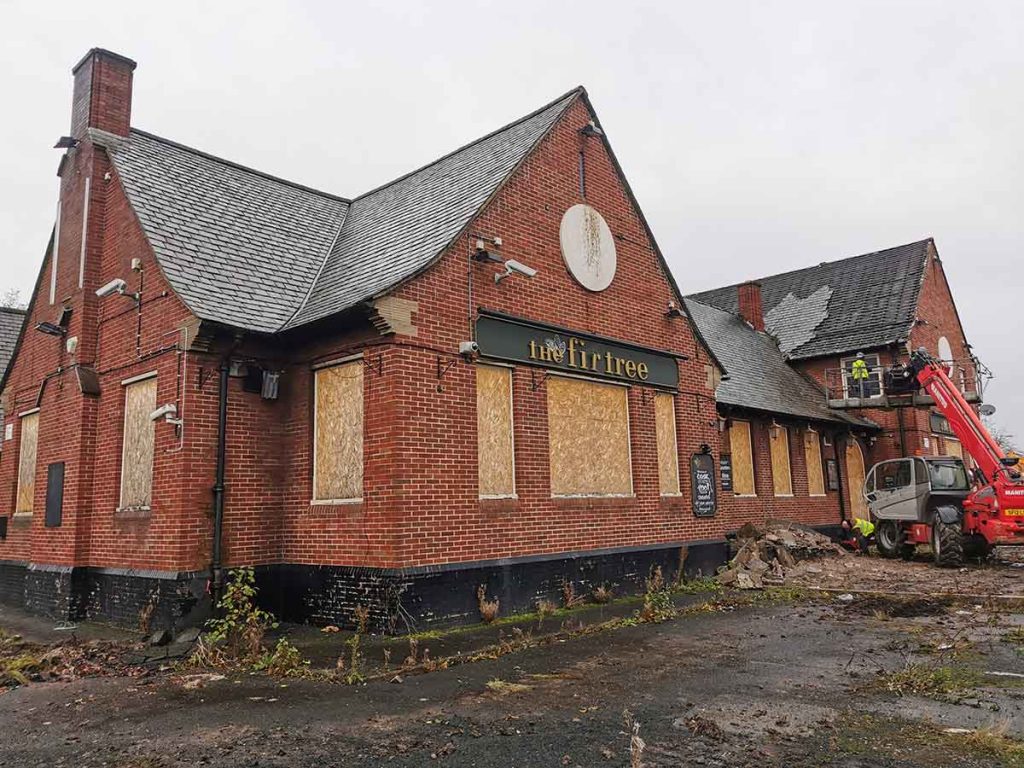
Section 81 Demolition Notice – Other conditions that the Council state are…
- The site of the demolition work shall at all times be secured against unauthorised entry and shall be enclosed around all of its perimeters by a wall, fence or hoarding having a minimum height of 2.4m. The fence or hoarding shall be to the satisfaction of the Council and shall be maintained throughout the duration of the demolition work and until the completion of the work specified in paragraph 6 below.
- The work shall be carried out in accordance with relevant BSI Codes of Practice and the Guidance Notes and Reports published by the Health and Safety Executive.
- Unless and until alternative proposals are submitted to and approved in writing by the Council:-
- the demolition shall be carried out with hand-held tools from an external scaffold.
- no part of the demolition work or any other associated work shall be carried out by or from vehicles or other plant standing on the public highway.
- No part of the demolition work shall be commenced until measures are in place to safeguard the public from falling debris.
- The erection and dismantling of the scaffolds on the public highway shall be carried out at such times and periods as have been specified in the licence issued in accordance with paragraph 7 below.
- On completion of the demolition work:-
- the site shall be free from all debris and material arising from the demolition and the surface of the site shall be levelled and suitably contoured and shall be compacted and free of voids, projecting demolition materials and other hazards likely to cause injury and
- such works as are necessary to maintain the proper construction of adjoining public footpaths and footways shall be carried out in accordance with the Council’s standard specifications.
- A scaffold may not be erected on a public highway unless and until a licence has been granted by the Council with any conditions or requirements specified within the licence and shall include the provision of walkways for pedestrians on the public highway in accordance with the Councils standard details.
- A public highway may not be stopped up without the making of a temporary stopping up Order. Applications should be made to the Council and will normally take three weeks to process.

So once the Section 81 demolition notice approval is in place, and we have complied with the conditions therein we can start the works.
The two most important considerations before starting the demolition is the identification of any asbestos materials within the structure and whether or not there are any services (gas, water or electricity) still connected to the property. So one of the first jobs is to commission a full “refurbishment/demolition asbestos survey” to be carried out by a specialist asbestos surveying company who will carry out an ‘in-depth’ intrusive survey (including breaking into walls, ceilings, cavities and floors) and then produce a detailed record of any asbestos materials found, and even any materials that look like asbestos but might not be.
The refurbishment/demolition survey aims to ensure that:
- nobody will be harmed by work on Asbestos Containing Materials (ACM) in the structure;
- any asbestos removal work will be done by the right contractor in the right way
- the survey will locate and identify all ACM before any structural demolition work begins at a stated location or on stated equipment at the premises. The survey involves destructive inspection and asbestos disturbance. The area surveyed must be vacated and certified ‘fit for reoccupation after the survey.
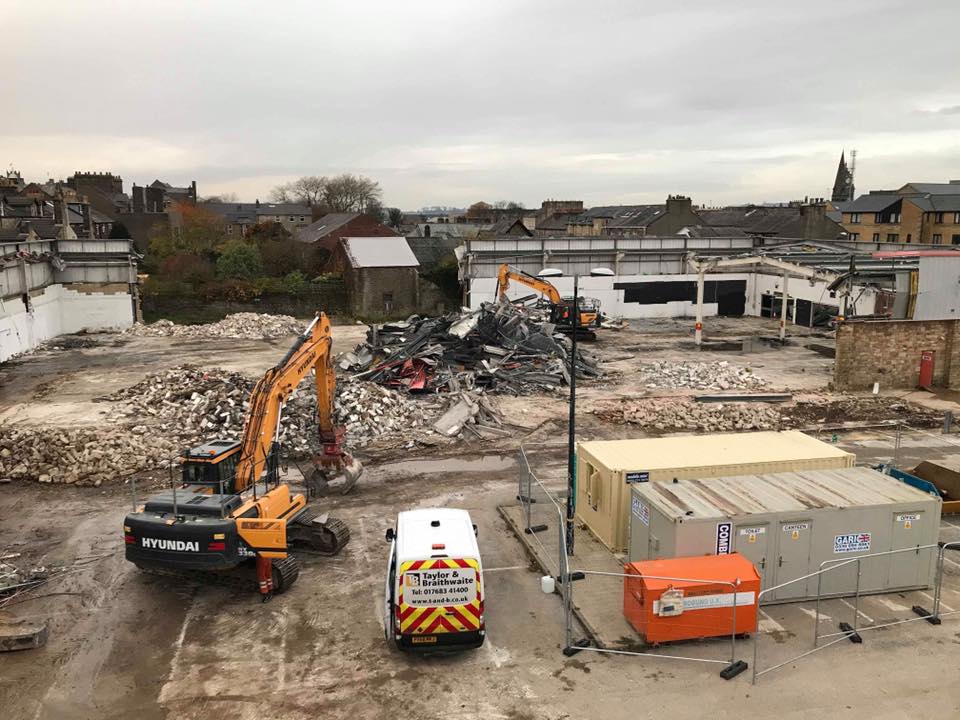
Once an asbestos survey has been received it will describe what materials need to be removed and whether the removal needs to be ‘licenced’ by the Health & Safety Executive and removed by specialist asbestos removal companies or whether it is ‘non-licenced’ work and can be removed by suitable trained non-licenced operatives.
The findings of the asbestos report will be incorporated into the main demolition works Risk Assessment & Method Statement (RAMS), which will set out who will remove it, how it will be removed, and the measures to be put in place to mitigate any risks. More information relating to this important RAMS document will follow in our next blog posts.
The other important element prior to starting demolition works is to identify the presence of gas, water, electric and telecommunication services all of which need to be isolated, diverted or disconnected before demolition work begins. Or if this is not possible, then any pipes, cables and conduits must be clearly labelled in order to make sure they are avoided and not disturbed.
We would contact each of the service providers for the area in which the works are taking place and obtain records of all their plant and equipment that is present in the vicinity, which includes all underground services and any overhead services. Then as with the asbestos materials all the information relating to services is incorporated in the Risk Assessment & Method Statement and procedures put in place to mitigate any risks.
If any dismantling work is required close to any remaining ‘live’ service lines or equipment, then these services will be clearly identified and any work in that area will be undertaken using appropriate techniques, such as manual hand dismantling rather than machine demolition.

Preparation of the Construction (Demolition) Phase Plan
Under the Construction (Design and Management) Regulations 2015 (CDM 2015) a Construction Phase Plan (CPP) is required for every construction (and demolition) project, this would be done after the Section 81 Demolition Notice has been dealt with. This does not need to be complicated, but as the company in charge of the demolition activities, the preparation of a ‘plan’ is necessary in order to show that the works have been correctly planned and organised and that we have worked together with others to ensure the compliance with health and safety matters.
The plan must outline the health and safety arrangements, site rules and specific measures concerning any work involving the risks listed in Schedule 3 of the CDM 2015 Regulations, and the plan should contain the details below, along with any other information relevant to the specific project it is being drafted for.
- The name of the contractor the plan is being prepared for.
- The client’s name and address.
- The principal designer’s contact information.
- The principal contractor’s details.
- Description of the project for example:
- location of the project
- timescales, including key dates
- nature of the work
- Project team members and their details, including contact information.
- Details of site management arrangements, such as site meetings and safety information to keep personnel updated.
- Information relating to the management of work includes:
- Health & safety goals and health monitoring methods
- Considerations for workers and the public, for example during access to and egress from the site
- Site rules – e.g. emergency procedures and specific safety arrangements
- Welfare facilities – personal hygiene facilities must be in place before work can start
- Site inductions
- Consultations and briefings with workforce and project team
- Emergency arrangements, including first aid and fire safety procedures

In preparing the CPP it is useful to find out about the history of the site and its surroundings so that we can identify if there are any unusual features which might affect the work, or how the work will affect others. In particular, and as mentioned above we will pay attention to:
- asbestos or other contaminants,
- overhead power lines and underground services,
- unusual ground conditions,
- public rights of way across the site,
- nearby schools, footpaths, roads or railways, and
- other activities going on at or close by to the site.
Much of this information may be found in the pre-construction information which should have been provided to us by the client, including health and safety files that may exist from any previous construction work at the site etc.
The job will have a better chance of running more smoothly, efficiently and profitably if hazards have been predicted, planned for and controlled from the outset. Having to stop or reschedule work to deal with emergencies wastes time and money.
So once we have a plan in place and we know what we’re doing, who is involved and how long it’s going to take, it’s then time to prepare a detailed Risk Assessment & Method Statement (RAMS). The RAMS document identifies any potential hazards which may cause harm to the workforce, other people, adjacent buildings/structures or the surrounding areas and the RAMS will provide details of any problem areas and potential risks which can then be used to assess what mitigation measures need to be put in place to control the risks and thereafter develop a method statement to show how we will overcome the risks and carry out the works.
That covers section 81 demolition notice, ‘watch this space’ for our next post, which will show you how we do the above…

